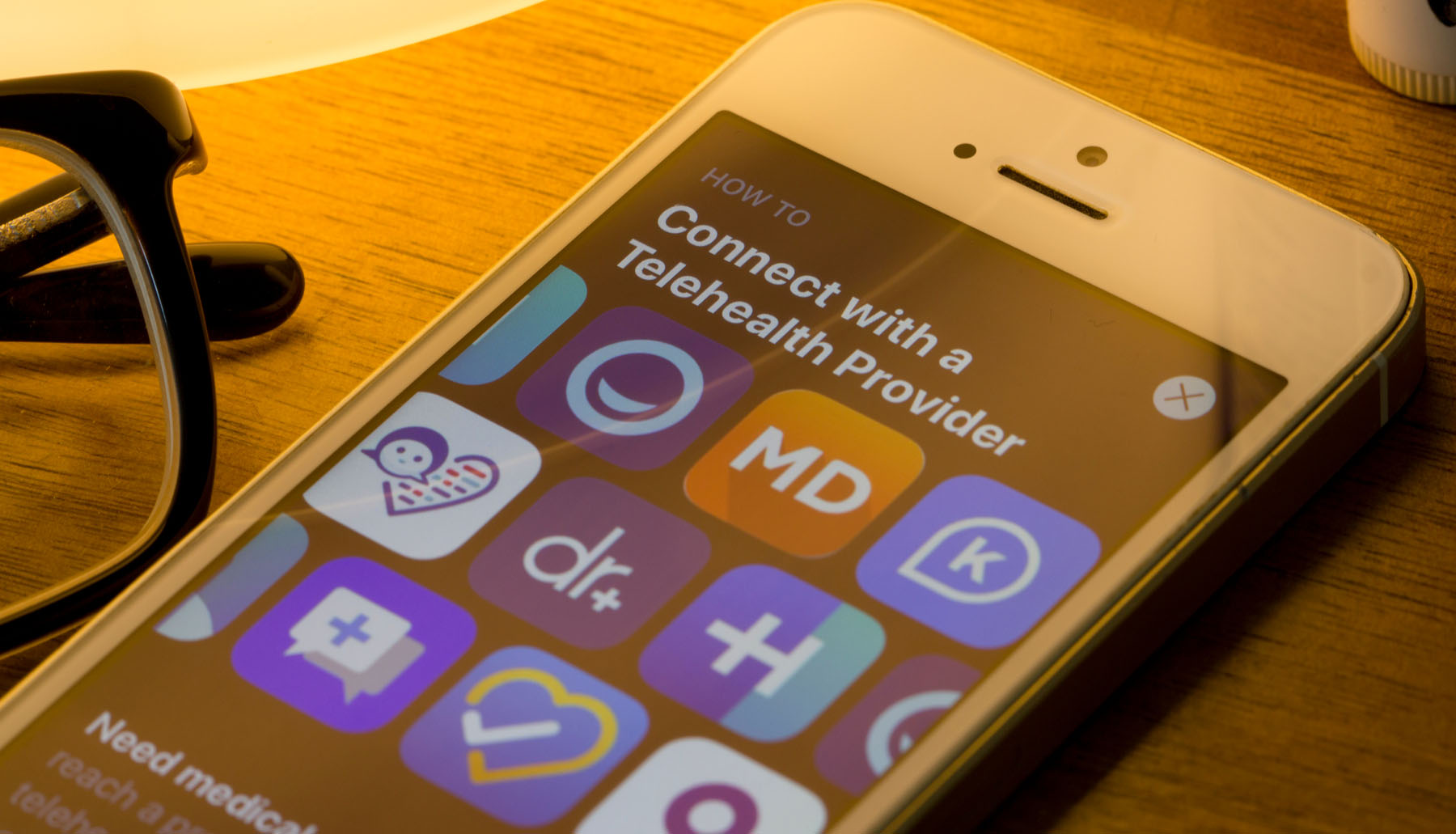Telehealth has rapidly become our new normal. When the COVID crisis began, telehealth appointments became a lifeline for healthcare with providers “seeing 50 to 175 times the number of patients via telehealth than they did before pre-COVID-19,” according to an article published by McKinsey & Co. Here are some key themes our physician customers have raised as both the benefits of using telehealth and also some areas in need of improvement.
3 Things Telehealth Does Well
1. Reduce Disease Spread: We know we can reduce the rate of infection by limiting contact via virtual visits, but that doesn’t mean we have to compromise on the quality of care. In fact, we can make it better by offering people care from home or wherever they travel, giving them the opportunity to stay better connected in case of medication side effects, for general monitoring, and for follow-ups.
2. Improve Specialty Practice Healthcare: For many patients with a chronic illness, particularly during quarantine, eliminating travel to an office can be the difference between keeping an appointment and missing out on crucial care. A Penn Medicine study found 67% of 800 gastroenterology and hepatology providers and patients considered video and telephone appointments held during the pandemic’s peak as positive and acceptable substitutes to in-person visits.
3. Increase Practice Efficiency: With an influx of sick patients in unprecedented numbers, telehealth can ease physician burnout and create efficiencies. Practices can designate dedicated telehealth providers or use part-time or per diem providers to alleviate the volume of appointments. Providers can also take more routine appointments online and hold in-person visits for more critical needs.
3 Areas in Need of Improvement
1. Connection: Telehealth solutions that connect doctors to their own patients are the most effective and should be used as a tool to strengthen the doctor-patient relationship rather than replace or interfere with it. The doctor-patient relationship is the most powerful yet overlooked tool in healthcare. Some patients feel uncomfortable seeing a random provider. Also, not seeing your own provider means that essential information could be missed by a provider who doesn’t know a patient’s medical history.
2. Technology: Some patients do not have access to the technology or the skills needed to fully transition to telehealth, and more needs to be done by our government and public health officials to address this disparity. In addition, telehealth solutions should be easy to use for providers and patients—complicated solutions frustrate all users regardless of their digital literacy.
3. Security and Privacy: Providers may need to reassess their chosen telehealth solution and transition to one that can grow with and work within the scope of their practice. A regular video conferencing service just won’t do for a medical visit. Most importantly, a telehealth solution must be secure and HIPAA-compliant. A patient’s privacy has to be respected. It is as valuable and must be maintained as securely as anyone’s financial security.









